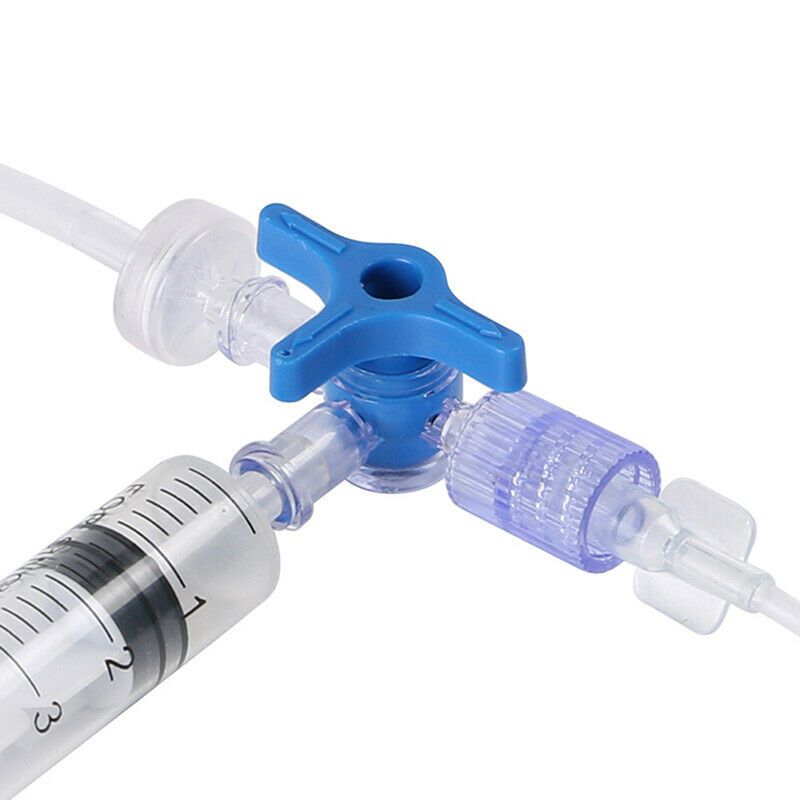Introduction to Pneumatic 3-Way Switch
The pneumatic 3-way switch is a crucial component in pneumatic systems that possesses the ability to control airflow through a three-port, two-position mechanism. Its significance lies in its ability to manipulate the direction and pressure of air, thus influencing the operation of various devices, especially in fields where precision is paramount. This article provides an in-depth exploration of the pneumatic 3-way switch, examining its structure, operation, applications, and future trends. We will also delve into how wholesale pneumatic 3-way switches, manufacturers, factories, and suppliers play vital roles in the industry.
Components of a Pneumatic 3-Way Valve
● Ports and Positions
At the heart of the pneumatic 3-way switch are its three ports and dual positioning capability. These ports serve as the entry, exit, and exhaust points for air, allowing for versatile control over pneumatic systems. Each position of the switch determines the pathway of airflow, facilitating the transition between different operational states.
● Internal Mechanisms
The internal structure of the 3-way valve includes a series of seals and channels that guide air through the ports. The meticulous design ensures minimal leakage and maximum efficiency, critical for applications requiring high precision. These components work in harmony to deliver a seamless transition between different states of operation.
Operating Principle of the 3-Way Switch
● Airflow Control and Direction
The main function of the pneumatic 3-way switch is to direct airflow within a system. By manipulating the position of the valve, it is possible to control the flow rate and direction of air. This capability is essential for devices that require precise regulation of pressure and speed.
● Role in Pneumatic Circuits
In pneumatic circuits, the 3-way valve acts as an intermediary, modulating the air pressure and flow required to activate various components. This modulating ability makes it a core component in systems where precise control over mechanical movements is necessary, such as in automation and robotics.
Common Applications in Medical Devices
● Usage in Controlling Pressure and Flow
In the medical field, the pneumatic 3-way switch is widely used to control devices that depend on precise air pressure and flow. Examples include respiratory machines, infusion pumps, and other critical care equipment where the accuracy of air-driven mechanisms can directly impact patient care.
● Examples of Medical Equipment
Several medical devices rely on the proficient operation of pneumatic 3-way valves. These include ventilators, which require exact control over airflow to assist patient breathing effectively, and anesthesia machines that depend on precise regulation of gases.
Advantages of Using 3-Way Valves
● Precision in Flow Control
One of the most notable advantages of pneumatic 3-way switches is their ability to offer precise flow control. This precision ensures that systems operate at optimal efficiency and safety levels, crucial in settings like medical facilities where even minor deviations can have significant consequences.
● Versatility in Applications
Beyond their precision, these valves are versatile and adaptable to various industrial settings. From medical to automotive, their ability to control air effectively makes them indispensable in diverse fields, offering solutions tailored to specific operational needs.
Installation and Setup Guidelines
● Proper Alignment and Connections
Ensuring the correct installation of a pneumatic 3-way switch is critical for its function. Proper alignment of ports and secure connections are vital to prevent leaks and maintain system integrity. Attention to these details during installation ensures the system's longevity and efficiency.
● Safety Protocols
Safety is paramount when installing pneumatic systems. Understanding the pressure specifications and operational limits of the valve is essential to avoid malfunctions. Implementing appropriate safety protocols protects both the equipment and the personnel operating it.
Maintenance and Troubleshooting Tips
● Common Issues and Solutions
Like any mechanical component, 3-way valves can encounter issues such as leaks or blockages. Regular inspection and maintenance can preemptively identify potential problems, allowing for timely interventions to prevent system downtime.
● Regular Maintenance Practices
Routine maintenance, including cleaning and checking seals, ensures long-term functionality. Establishing a preventive maintenance schedule can significantly enhance the lifespan and performance of pneumatic systems, thus reducing the need for costly repairs or replacements.
Comparing 3-Way Valves to Other Valve Types
● Differences and Similarities
While 3-way valves are unique in their structure and function, comparing them to other valve types—such as 2-way or 4-way valves—provides insight into their specific advantages. Each type has its niche, with the 3-way valve excelling in scenarios demanding precise directional control.
● Situational Advantages
In situations demanding rapid switching between states, the 3-way valve offers unparalleled efficiency. Understanding when and where to employ these valves can optimize system performance across various scenarios.
Innovations in Pneumatic Valve Technology
● Recent Advancements
Technological advancements have significantly impacted the design and capabilities of pneumatic valves. Modern iterations offer enhanced durability, reduced size, and greater efficiency, meeting the evolving demands of contemporary industries.
● Impact on Various Industries
These innovations have widened the application scope of pneumatic valves, enabling their integration into more complex systems and expanding their use in industries such as automotive, aerospace, and healthcare.
Future Trends in Pneumatic Systems
● Emerging Technologies
The future of pneumatic systems is bright, with emerging technologies poised to enhance their functionality further. Developments such as smart sensors and IoT integration will enable greater control and efficiency, adapting pneumatic systems to the needs of Industry 4.0.
● Potential Developments in Medical Applications
In the medical field, advancements in pneumatic technology hold promise for creating more sophisticated medical devices. Enhanced precision and control can lead to breakthroughs in patient care, offering new solutions for complex medical challenges.
Introducing conpuvon
Conpuvon, a renowned brand under Zhongsheng Medical Technology CO., LTD, stands at the forefront of medical aesthetic accessories in China. With its headquarters in Jiangsu and nine branches worldwide, it offers convenient customer service globally. Conpuvon specializes in micro cannulae and other accessories for professional and home use, providing optimal skincare solutions. The company's products are designed with advanced technology, ensuring quality and user satisfaction, serving a vast market including North America, Europe, and Asia. Conpuvon commits to excellence, providing a comprehensive range of beauty accessories tailored to distributor needs.
Post time: 2025-04-27 22:53:05













